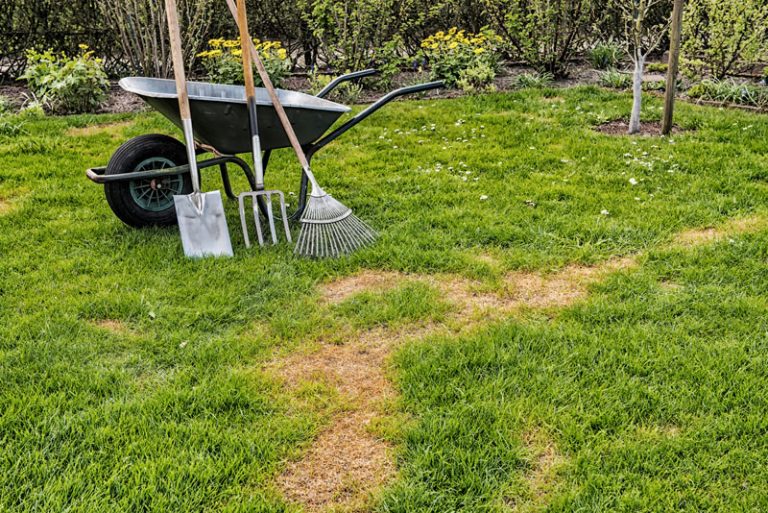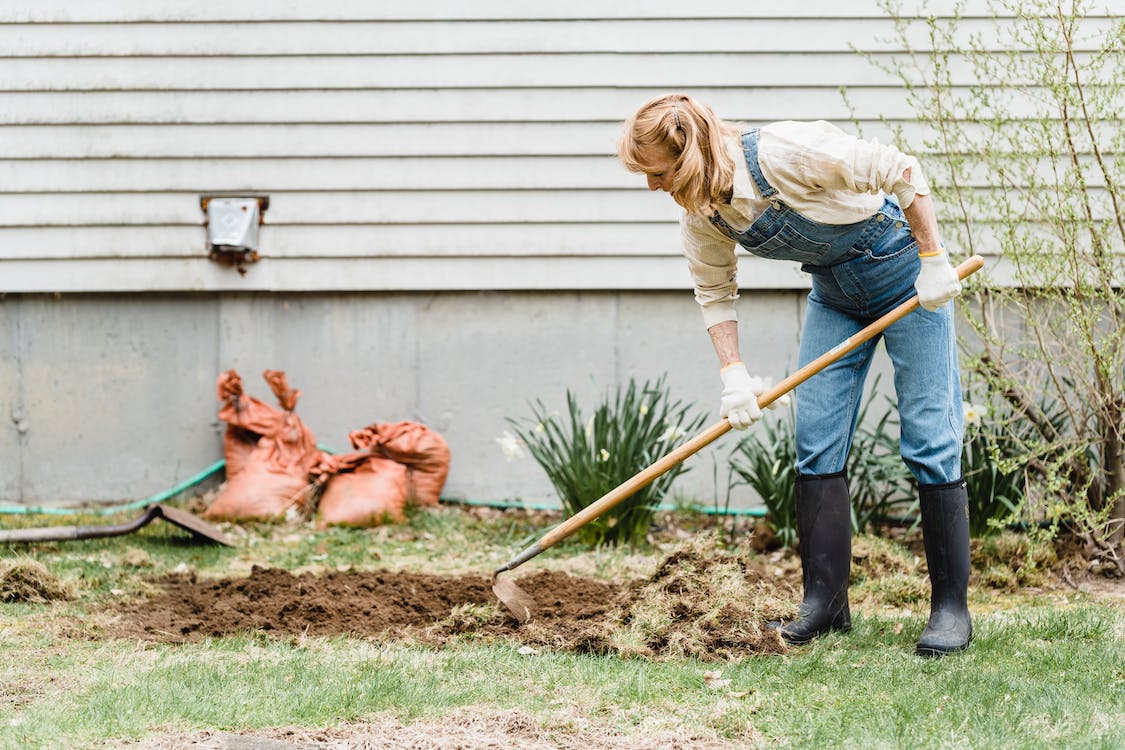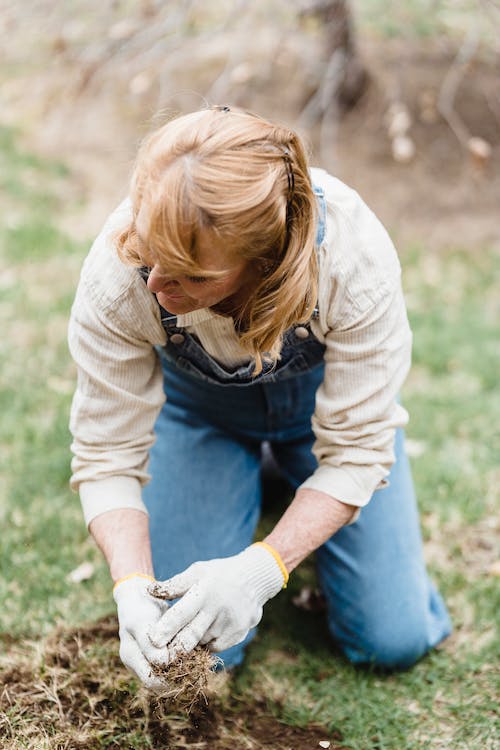How to Troubleshoot and Repair Bare Spots in Your Lawn

A lush, green lawn is a source of pride for homeowners in South Africa. However, even the most well-maintained lawns can develop bare spots over time. These unsightly patches can be caused by various factors, including foot traffic, pests, diseases, or poor soil quality. The good news is that you can troubleshoot and repair bare spots in your South African lawn to restore its beauty and health. In this article, we will guide you through the process.
Identify the Cause
Before you can effectively address the problem, you need to identify the cause of the bare spots. South Africa’s diverse climate and soil conditions can lead to different issues. Common causes include:
- Foot Traffic: If the bare spots are concentrated in areas with high foot traffic, like paths or play areas, compacted soil may be the issue.
- Pests: Insect pests, such as grubs or armyworms, can damage the grass roots and create bare patches.
- Disease: Fungal diseases like brown patch or dollar spot can cause grass to die off in irregular patterns.
- Soil Problems: Poor soil quality, such as clay-heavy or sandy soils, can inhibit grass growth.

Prepare the Area
Once you’ve identified the cause, it’s time to prepare the bare spots for repair:
- Remove Debris: Clear the area of any debris, dead grass, or weeds.
- Loosen Soil: If compaction is an issue, use a garden fork to aerate the soil, allowing better water and nutrient penetration.
- Test Soil: Perform a soil test to assess its pH and nutrient levels. South Africa’s diverse regions may have different soil conditions, so tailor your amendments accordingly.
Choose the Right Grass Seed
Selecting the right grass seed for your region and specific conditions is crucial for successful lawn repair. In South Africa, common grass varieties include Kikuyu, Buffalo, and Cynodon (commonly known as Bermuda grass). Consider factors like shade tolerance, water requirements, and wear resistance when choosing your seed.
 Seed and Fertilize
Seed and Fertilize
Follow these steps to seed and fertilize your bare spots:
- Seed Application: Spread the chosen grass seed evenly over the bare spots. A handheld spreader can help ensure uniform coverage.
- Fertilize: Apply a balanced lawn fertilizer to provide essential nutrients for seedling growth. Follow the recommended application rates on the fertilizer packaging.
- Watering and Mulching – Proper watering and mulching are essential for successful grass seed germination:
- Watering: Keep the soil consistently moist but not waterlogged. Water the bare spots regularly, especially during dry periods. Early morning or late afternoon is the best time to water.
- Mulching: Applying a thin layer of straw or mulch over the seeded areas can help retain moisture and protect the seeds from birds.
Monitor and Maintain
After seeding and fertilizing, it’s crucial to monitor the progress of your lawn repair:
- Patience: Grass seed can take several weeks to germinate and establish. Be patient and avoid heavy foot traffic in the repaired areas.
- Weed Control: Keep an eye out for weeds and remove them as they appear to prevent competition with the new grass.
- Regular Maintenance: Once the grass starts growing, maintain it with regular mowing, fertilization, and watering to ensure a healthy, uniform lawn.
Repairing bare spots in your South African lawn requires a systematic approach, from identifying the cause to selecting the right grass seed and providing proper care. By following these steps, you can restore the beauty and health of your lawn, ensuring it remains a source of pride for your home in South Africa’s diverse climate and soil conditions. Remember that a healthy lawn not only enhances your property’s aesthetics but also contributes to the overall well-being of your outdoor space.
Comments
Add comment